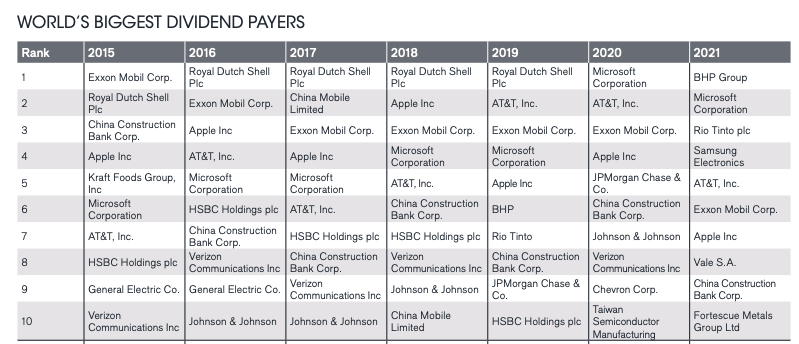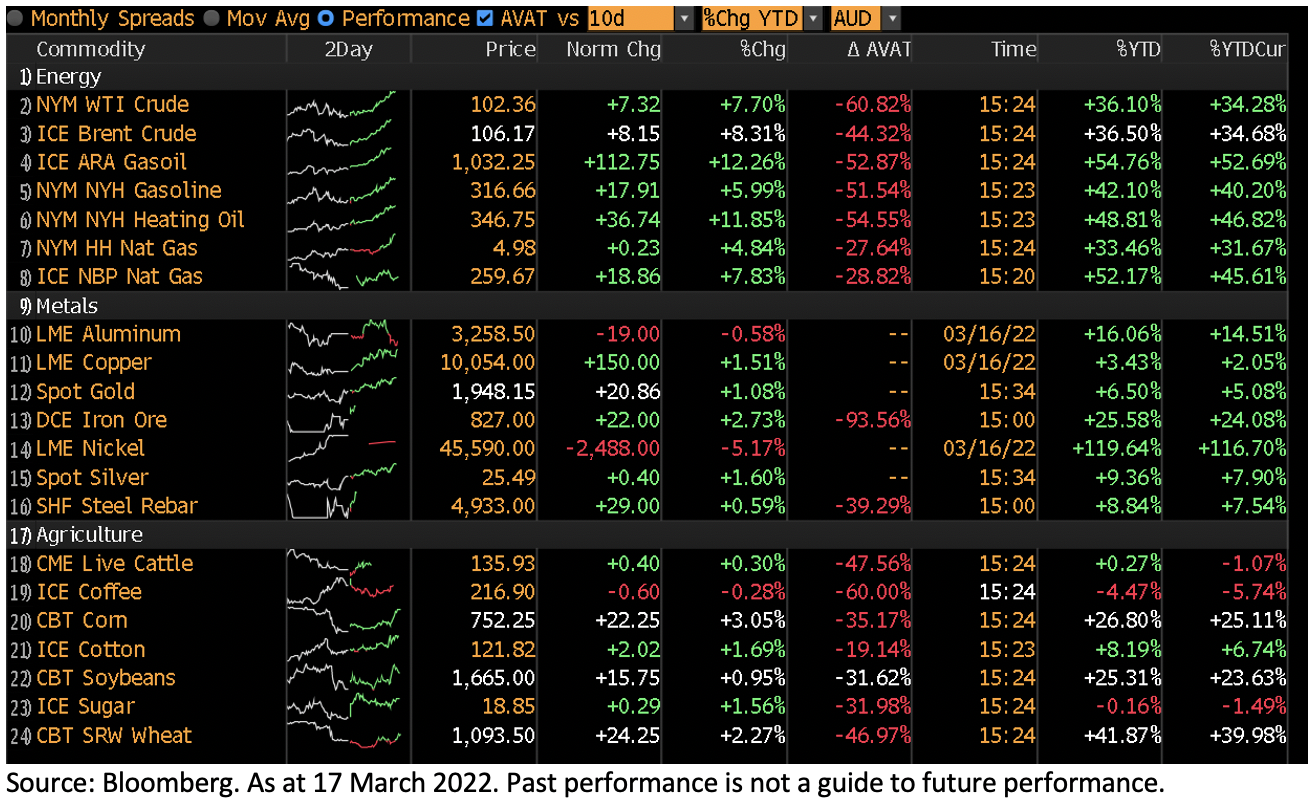3 of the world's top 10 dividend payers are Australian. Can you name them?
Janus Henderson actively tracks the global league table for dividend payers. The even better news is that three of the top 10 dividend payers are listed right here in Australia. In fact, the report revealed that nine out of every 10 Australian companies actually raised dividend payouts last year.

In all the exuberance, it is important to note these increases did come after a year when earnings slumped and balance sheet protection was a necessity, resulting in an artificially depressed payout rate.
In this three-part collection, I'm out to discover whether these dividends are sustainable and how important dividends truly are in a world where returns are becoming increasingly volatile.
.jpg)
For part two of this collection, I once again reached out to Jane Shoemake from Janus Henderson and Dr Don Hamson from Plato Investment Management to discuss:
- Indicators that a company's dividend may not be sustainable; and
- Whether Australia's top dividend payers will be able to retain their positions on the global rankings.
Using data to avoid dividend traps

Clearly, the ability to pay dividends is linked to earnings and cash flow growth, so a strong underlying business model is important and when a company has paid what is often referred to as a “bumper dividend” we must look at multiple factors and consider if it is likely that it can be maintained. Avoiding companies that cut their dividends is an essential part of income investing.
When it comes to factors that can impact a company’s future profitability and hence its ability to pay dividends, there are a number of layers to consider.
- Macro layer factors: Including prevailing tax policy or the overall state of the economy, can impact the markets’ overall ability to pay dividends.
- Industry-specific factors: For example, the price of oil on airline profitability, which lead to issues for a sub-sector of the market.
- Company-specific factors: Those that impact earnings and a company’s subsequent ability to pay dividends.
At Plato, we have developed statistical models over many years to help forecast and avoid dividend traps.
Plato’s proprietary dividend cut model is comprised of a number of predictive fundamental factors at the stock level. Whilst the model is used at the stock level to predict the likelihood that a company cuts its next dividend, we can aggregate the model across all stocks to get a feel for the likelihood of dividend cuts at the market level.
Currently, that model predicts a low probability (8%) of further dividend cuts over the net year for global dividends, which is well below the long-term average (12%).

One interesting factor in our modelling is the company’s dividend payout ratio. This is the proportion of a companies’ earnings paid out as a dividend, expressed as a percentage of those earnings.
For example, if the company was paying out more than it earnt, then it is unlikely that level of dividends can be supported by company earnings in the future. It is important for the ratio to be at a sustainable level.
Can our top dividend payers remain?
The Plato team has published studies in the past showing that mining companies that invest the most in new projects and acquisitions are often some of the worst-performing.
So, for RIO and BHP, as long as management doesn’t begin overinvesting amid a record period of cash flow, we think they can remain global top 10 dividend payers.
For FMG, it simply comes down to the price of iron ore. The likelihood of it remaining a top 10 dividend payer over the next few years is certainly lower than RIO and BHP. The iron ore currently produced by FMG is of a lower quality and is priced accordingly. While we see its planned green energy investments as a positive, they will require a lot of capital and will likely take a long time to pay dividends.
High yields are often unsustainable

The ability of a company to generate sufficient free cash flow is key in assessing its ability to sustain and grow its dividend payment and a detailed assessment of the strength of the underlying company is critical.
History shows that dividends from the highest-yielding stocks are often unsustainable. Companies that ultimately cut their dividends tend to suffer from a period of poor capital performance, which can leave their yields looking high. However, this is illusionary given the dividend is eventually cut or not paid at all.
Higher yielding companies are often structurally challenged businesses or companies with high payout ratios (distribution of a high percentage of their earnings as dividends) that may not be sustainable.
An investor simply focusing on yields may end up owning a disproportionate number of these companies, which are often referred to as “value traps”. An active approach to selecting companies is therefore important to avoid these “traps” and identify the companies that have the ability to keep paying their dividends.
Can our top dividend payers remain?
Mining companies are cyclical businesses and very dependent on the underlying commodity price environment. FMG, RIO and BHP could still feature in the Global Top 10 if the commodity prices they rely on remain supportive.
That said, these businesses could drop out if commodity prices fall, impacting their profits and therefore dividends. A number of companies in the mining sector have moved to a fixed payout ratio policy and therefore dividend payments will rise and fall as profits rise and fall.
So far this year, commodity prices have continued to rise, so the environment for mining dividends may be more supportive than we anticipated when we published the last JHGDI report.

Conclusion
After dividends rebounded heavily post-2020, it has become incredibly important to understand which companies can maintain sustainable payout ratios, and which ones will become dividend traps. Our experts agree that analysing a firm's cash flows and capital discipline is the key to finding long term dividend winners.
As for the current big dogs (FMG, RIO and BHP), their gearing to commodity prices places them in a somewhat uncertain position. However, with commodity prices continuing to rise and looking set to continue doing so for the foreseeable future, they may still have a few years on the global dividend throne.
Never miss an update
Enjoy this wire? Hit the 'like' button to let us know. Stay up to date with my content by hitting the 'follow' button below and you'll be notified every time I post a wire.
Not already a Livewire member? Sign up today to get free access to investment ideas and strategies from Australia’s leading investors.
4 topics
3 stocks mentioned
4 contributors mentioned

